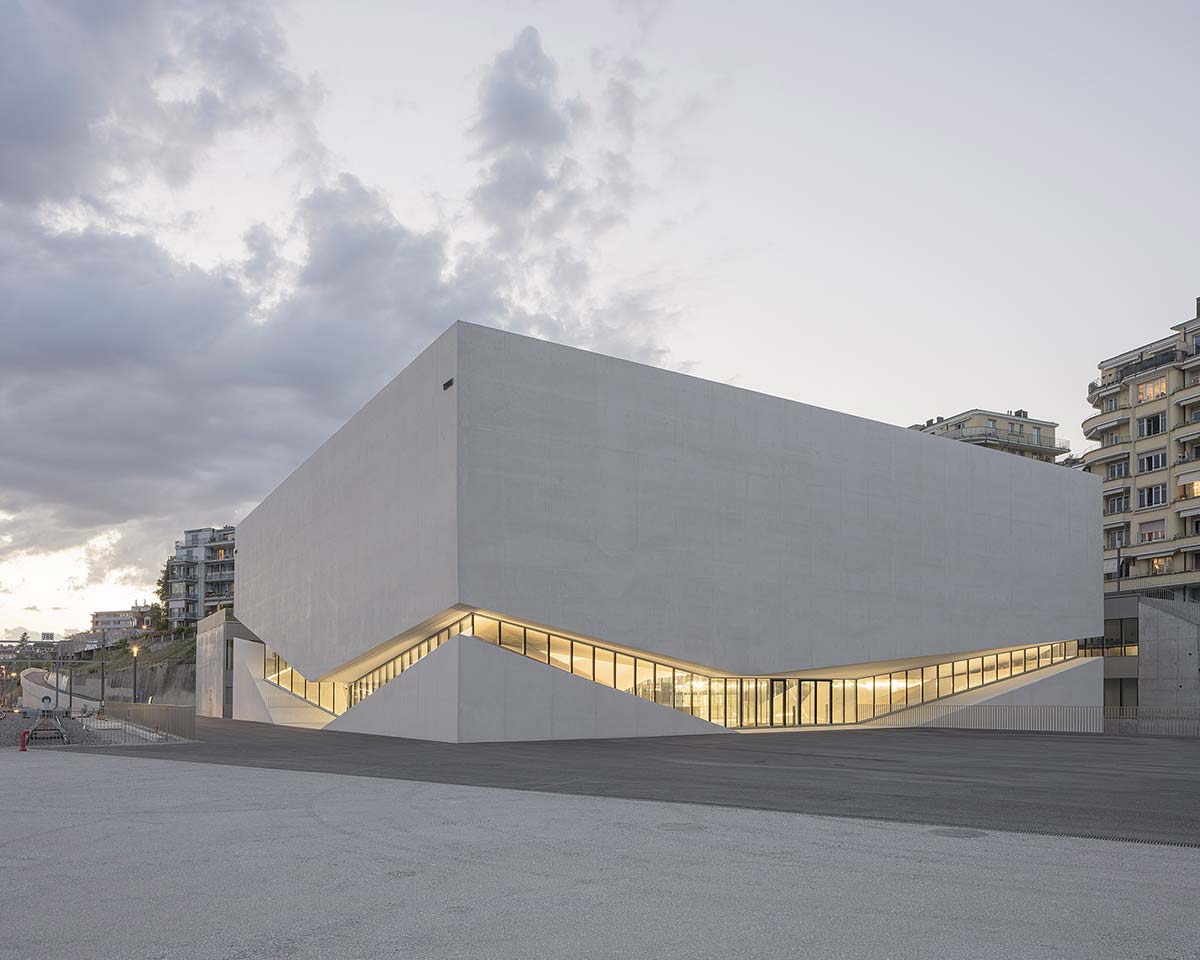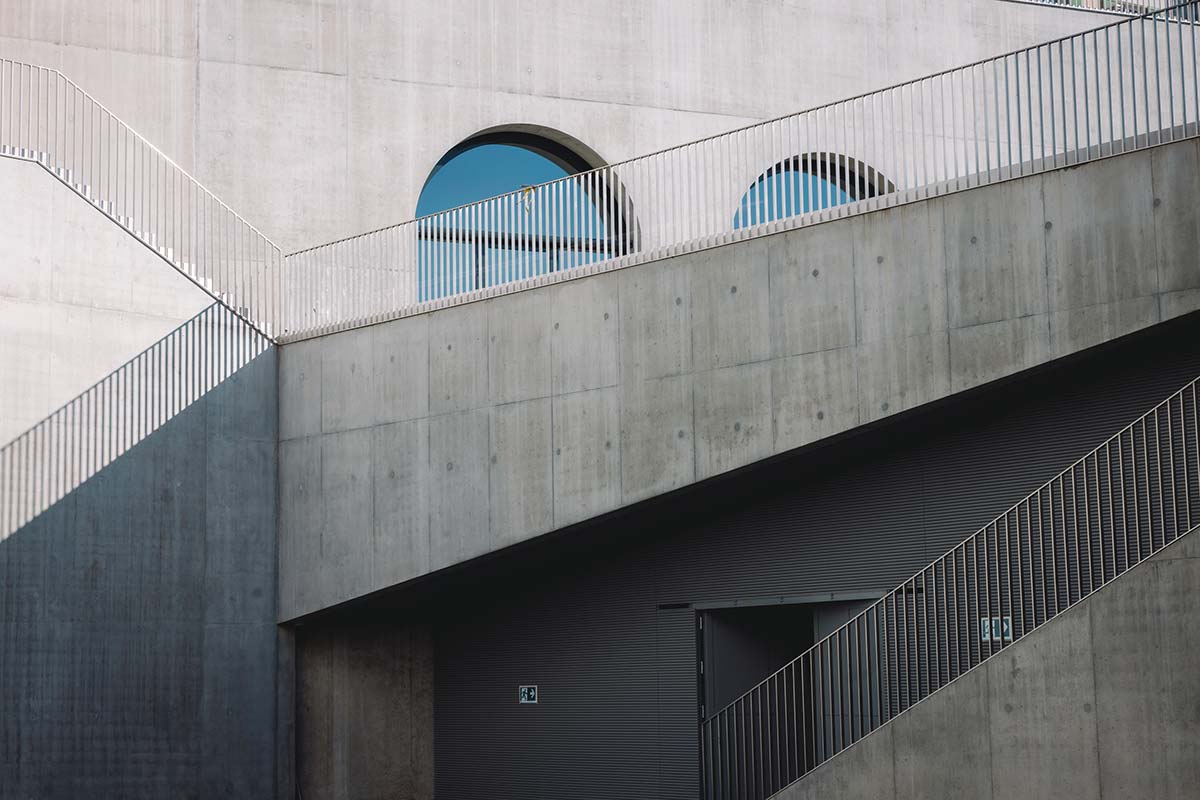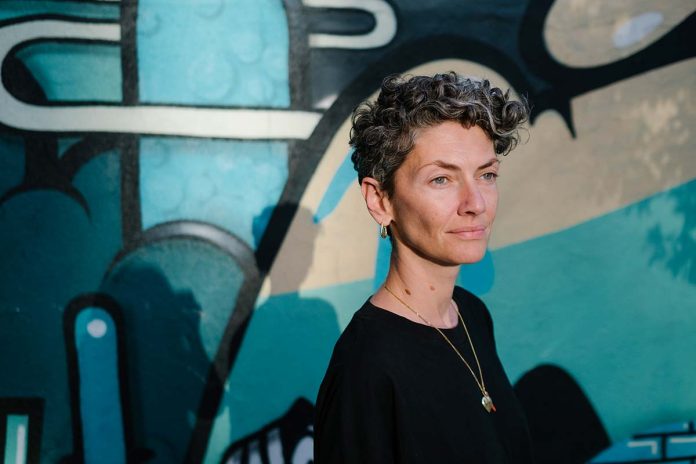With a new building by Aires Mateus, Mudac in Lausanne has become a new international hub for design.
Mudac is an institution that has existed for twenty years and is recognised at an international level. It is an ambitious project and particularly significant for this historic moment. The museum is, in fact, the result of a commitment to culture that is quite rare nowadays also from an economic point of view, certainly in a European context. It has been a huge investment in terms of infrastructure and has been formulated with the prospect of rethinking a form of collective identity.

What do you bring to Lausanne from your experience at MAAT in Lisbon and CAAW (China Art Archives and Warehouse) in Beijing?
I think that what we can do in Lausanne is bring more entrepreneurship to the institutions, who have to become cogs in today’s great economic and social productivity machine, to be part of a larger context of progress, innovation and sustainability that nowadays can be about anything. Above all, the institutions that have design in their actual name have to contribute to research in the field of future sustainability, intended not only as environmental sustainability. The institutions have to be more reactive and dynamic when it comes to putting themselves forward. They have to be laboratories for exploring the future. The places where you can encounter ideas and visions but also paradoxes, and where there is a capacity to formulate the future, are getting smaller and smaller. Instead I find that places of culture have a fundamental role in creating spaces where the future can be imagined, made accessible and relatable.

What role do cultural institutions have today?
Whether they are museums, kunstalle or festivals, aside from their configuration, institutional agencies have a great responsibility. The visual arts have to ask themselves how to support cultural production in such a way that the wider public, especially a younger audience, build their own relationship with cultural institutions. The creative and cultural industry, which museums and institutions are part of, is in continual transformation, under the great pressure of everything that is edutainment. The main issue is that young people are accustomed to enjoying culture across channels and times that are almost paradoxically in opposition to what the canonical institutions represent, in other words places with opening and closing hours. There is a need to find strategies so that institutions always speak with relevance and depth to their audience, which is changing.
What is design for you and what is it for?
In my work I have always promoted above all a shrinking of the gap that I think there is between professionals in the world of design and what the public perceives. This gap has widened considerably in recent years and I think that the role of institutions is to reduce it so that the public can feel a connection with everything that design is really doing.

How can we reduce this distance?
We can create forms of engagement and relatability that are not just about simplification that subtracts content but that are able to communicate complexity in a way that is transversal. The reality of the world of design today is about confronting complexities of different kinds, where support for design research is rare, unless it comes through private sources and patronage. I think that this is the work that institutions have to do, to support research in the field of design in its various forms.
Will Mudac be present in Milan during Design Week?
We will have an installation at Dropcity, the space at Station Centrale curated by Andrea Caputo and these themes will be addressed in an encounter organised by the House of Switzerland.







